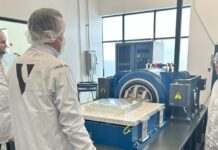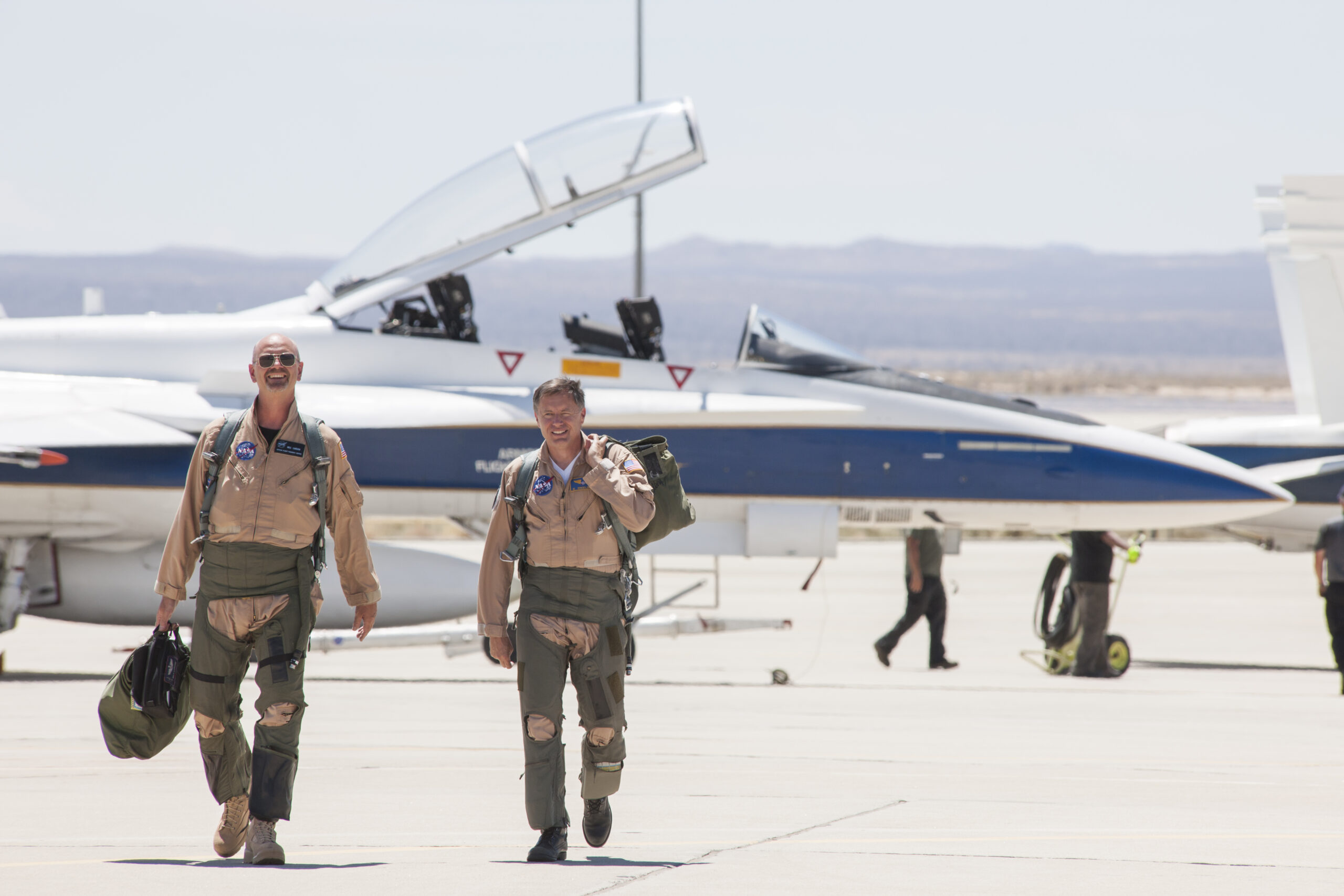NASA’s Flight Research Expertise: A Key to Advancing Aeronautical Innovations
NASA’s research pilots possess a unique set of skills and expertise that are crucial for achieving optimal flight-test conditions necessary for experiments. Their proficiency in this area allows them to assist researchers in understanding how new technological innovations can be integrated into aircraft, ultimately saving both time and money while enhancing the readiness of these innovations for practical use.
Recently, NASA pilots discussed their role in supporting researchers to find appropriate experimental conditions during the "Ideas to Flight Workshop" held on September 18 at NASA’s Armstrong Flight Research Center in Edwards, California. Tim Krall, a flight operations engineer at NASA Armstrong, emphasized the importance of early communication in experimental projects. He noted, "Initiating discussions early and ensuring the right people are involved is critical. We’ve improved in ensuring that pilots are included earlier in flight projects to leverage their experience and knowledge."
Flight Research: A Proving Ground for Technological Advancements
Flight research serves multiple purposes, such as validating computer models, testing new systems, or enhancing the readiness of technologies. In some instances, pilots take the lead on research projects involving experimental aircraft. A prime example of this is the X-59 aircraft, which is designed to travel faster than the speed of sound while producing a gentle thump instead of a loud sonic boom. In future endeavors, NASA pilots plan to fly the X-59 over specific communities in the U.S. to collect data on how individuals perceive these sonic thumps. This data could potentially influence regulatory changes concerning the current prohibitions on commercial supersonic flight over land.
Nils Larson, NASA’s chief X-59 aircraft pilot and senior advisor on flight research, shared insights into the developmental process of the X-59. "We’ve been engaged with the X-59’s requirements and design process from its inception as an X-plane," Larson stated. He explained that his involvement spanned various stages, from pre-formulation to formulation teams. Larson emphasized the importance of incorporating NASA pilot Jim Less for additional insights, especially due to their previous experience with F-15 and F-18 aircraft. Their familiarity with essential systems, like autopilots, allowed them to achieve the necessary repeatability and accuracy for data collection.
Leveraging Pilot Expertise for Successful Experiments
NASA pilots’ extensive experience offers valuable guidance for a wide array of flight experiments. Researchers often have preliminary ideas on how to gather flight data, but as Larson points out, there are inherent limitations to what an aircraft can accomplish. While some maneuvers, such as flying the DC-8 upside down, aren’t feasible, other maneuvers can simulate similar conditions with the right mitigations, training, and approvals.
Jim Less elaborates on his approach to assisting researchers in refining their objectives. "What do you guys really need?" he asks. "Much of our work can seem mundane, but each flight carries some level of risk. We aim to avoid unnecessary risks if the data is not needed, lacks purpose, or won’t meet quality standards."
Advantages of Remotely Piloted Aircraft
Justin Hall, the chief pilot of NASA Armstrong’s subscale aircraft laboratory, highlighted the benefits of using remotely piloted aircraft to achieve NASA’s research goals. "We can accomplish tasks more efficiently and at a lower cost. The subscale lab provides unique opportunities," Hall remarked. Engineers may present ideas, and the lab can assist in designing and integrating experiments, or even constructing and piloting an aircraft.
While most research flights mimic the straightforwardness of driving on a highway, there are exceptions that require specific maneuvers to gather the desired data. Less recalled a mission involving an F/A-18 aircraft equipped with the landing radar for Mars. "They wanted to simulate Martian reentry, so we ascended to a high altitude and dove straight towards the ground."
Pushing the Envelope with Innovative Flight Techniques
Another experiment with an F/A-18 aircraft tested the flight control software for NASA’s Space Launch System rocket, intended for the Artemis missions. "A rocket launches vertically and must pitch over 90 degrees," Less explained. "Although an F-18 can’t replicate that exact maneuver, we could initiate at a 45-degree angle and then transition to a 45-degree nose-low position to simulate the entire turn. Finding ways to gather the required data with our available tools is one of the job’s rewarding challenges."
NASA’s commitment to integrating pilots early in the research process is a testament to their strategic approach to aeronautical innovation. By leveraging pilot expertise, the agency not only enhances the likelihood of successful experiments but also contributes to advancing aviation technology, potentially leading to groundbreaking changes in how we perceive flight capabilities. The ongoing efforts at NASA’s Armstrong Flight Research Center exemplify the importance of collaboration between pilots and researchers in pushing the boundaries of what is possible in aviation.
For more Information, Refer to this article.


































